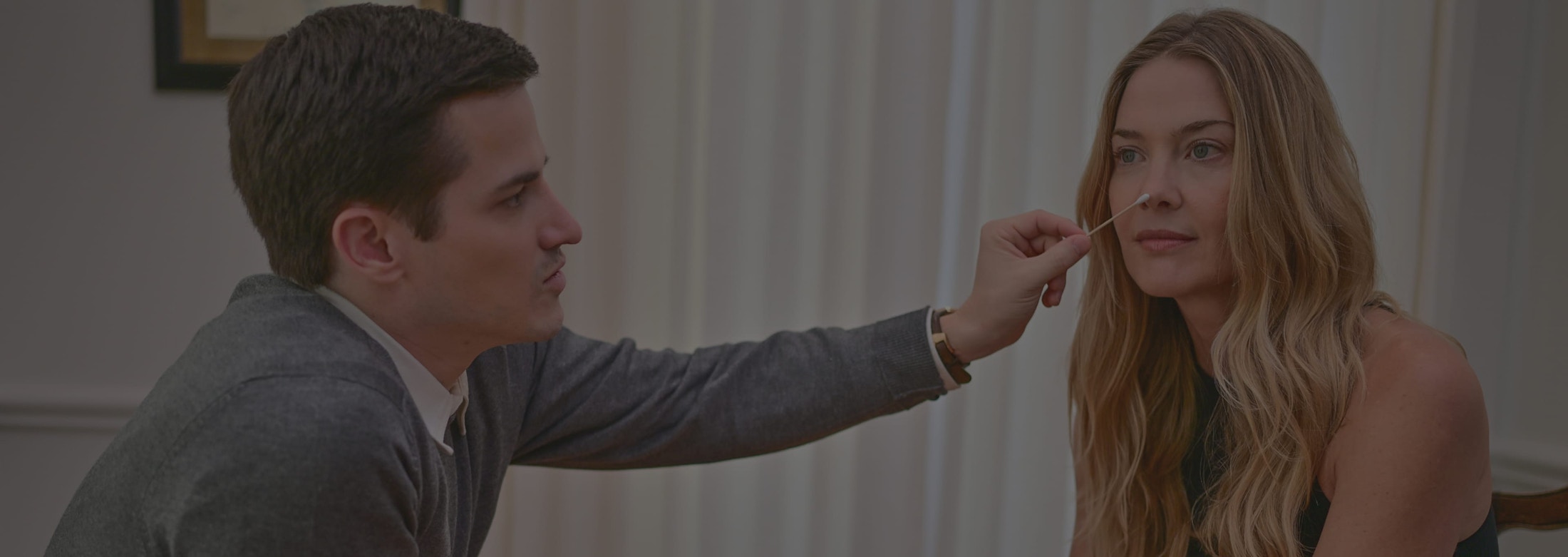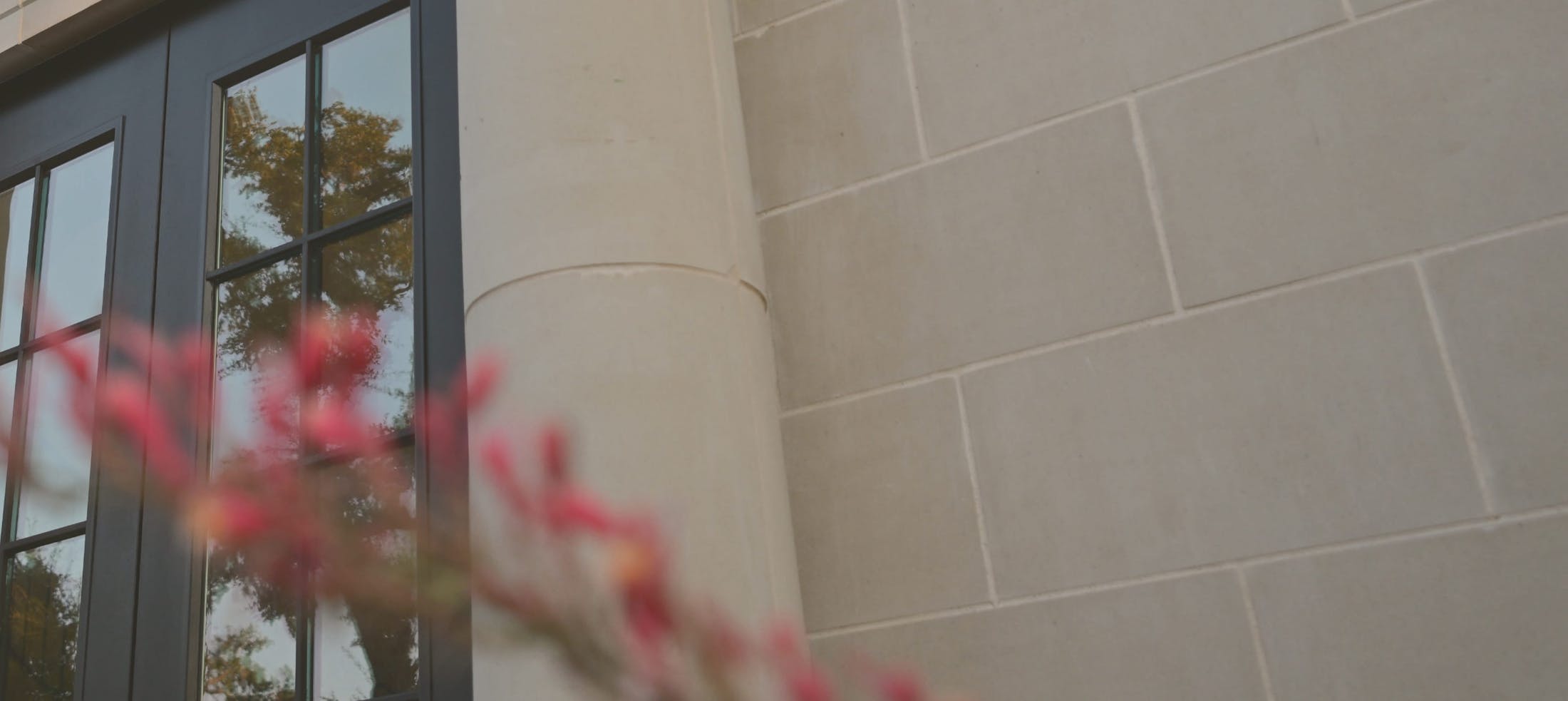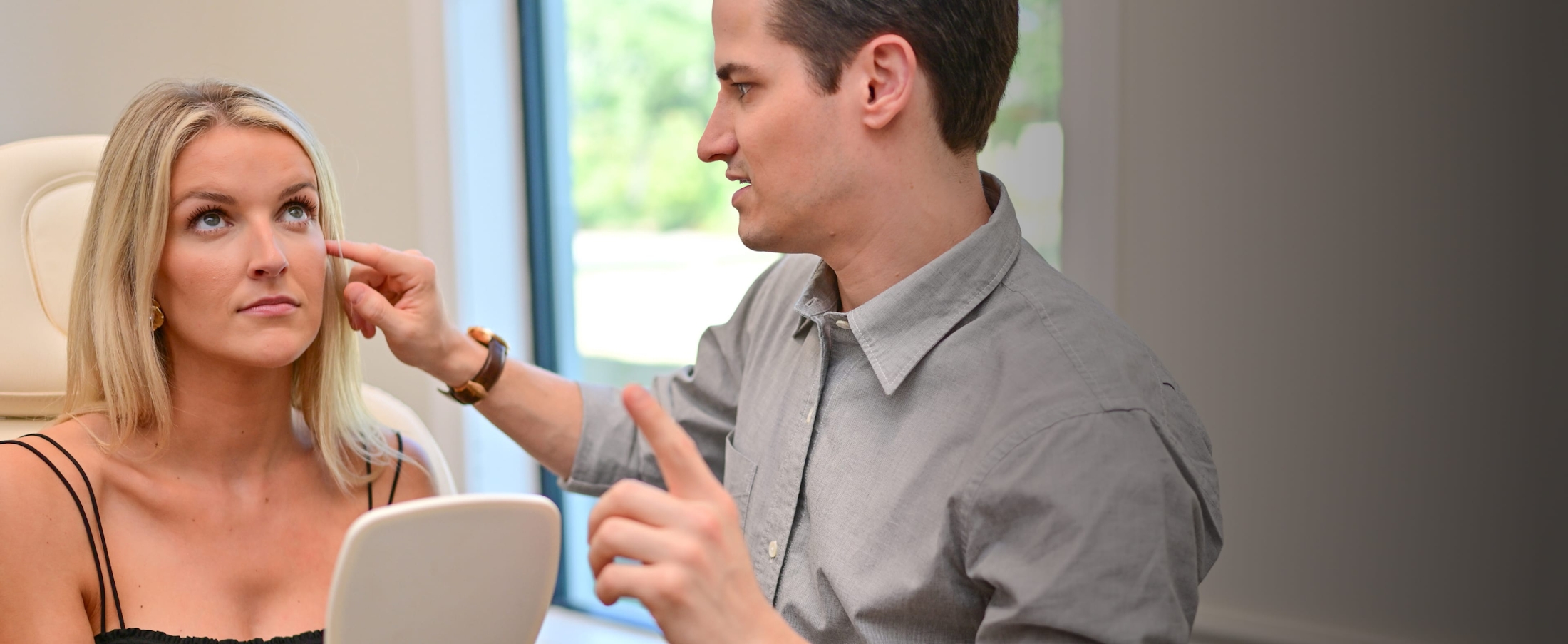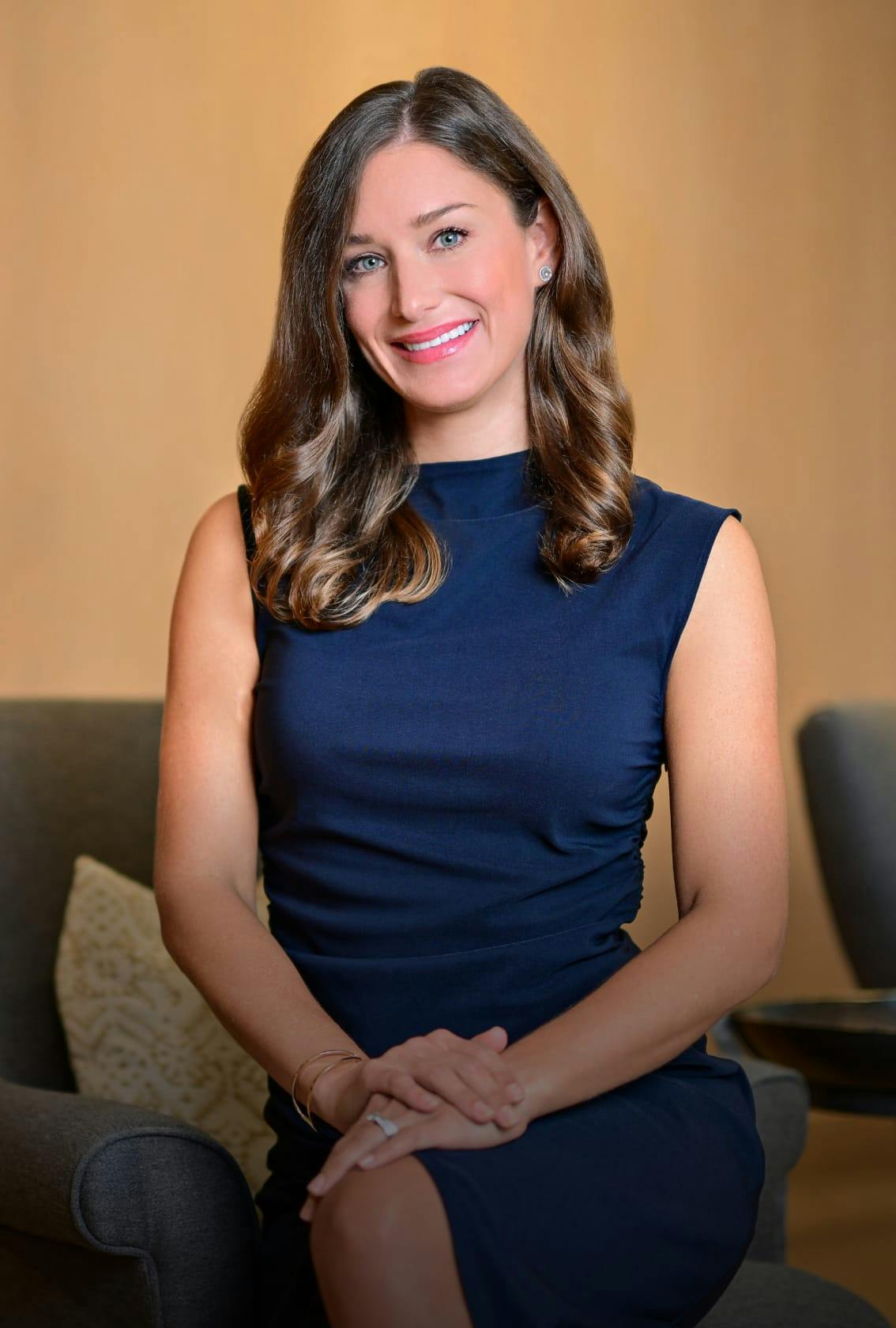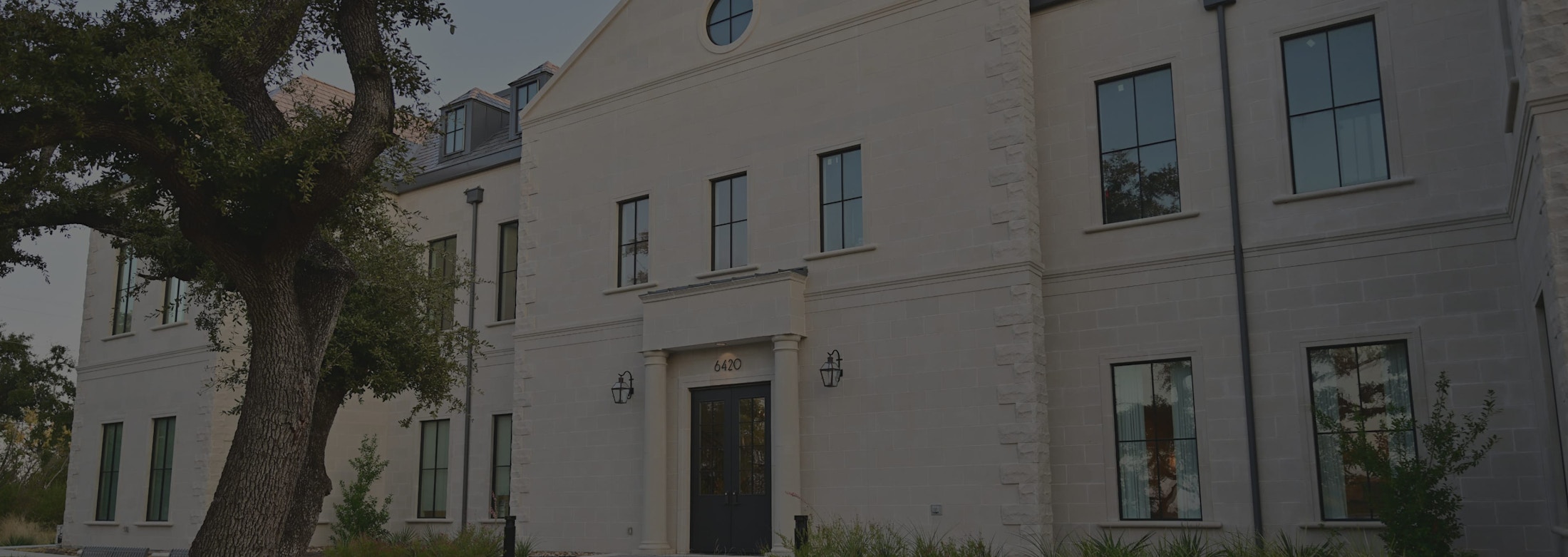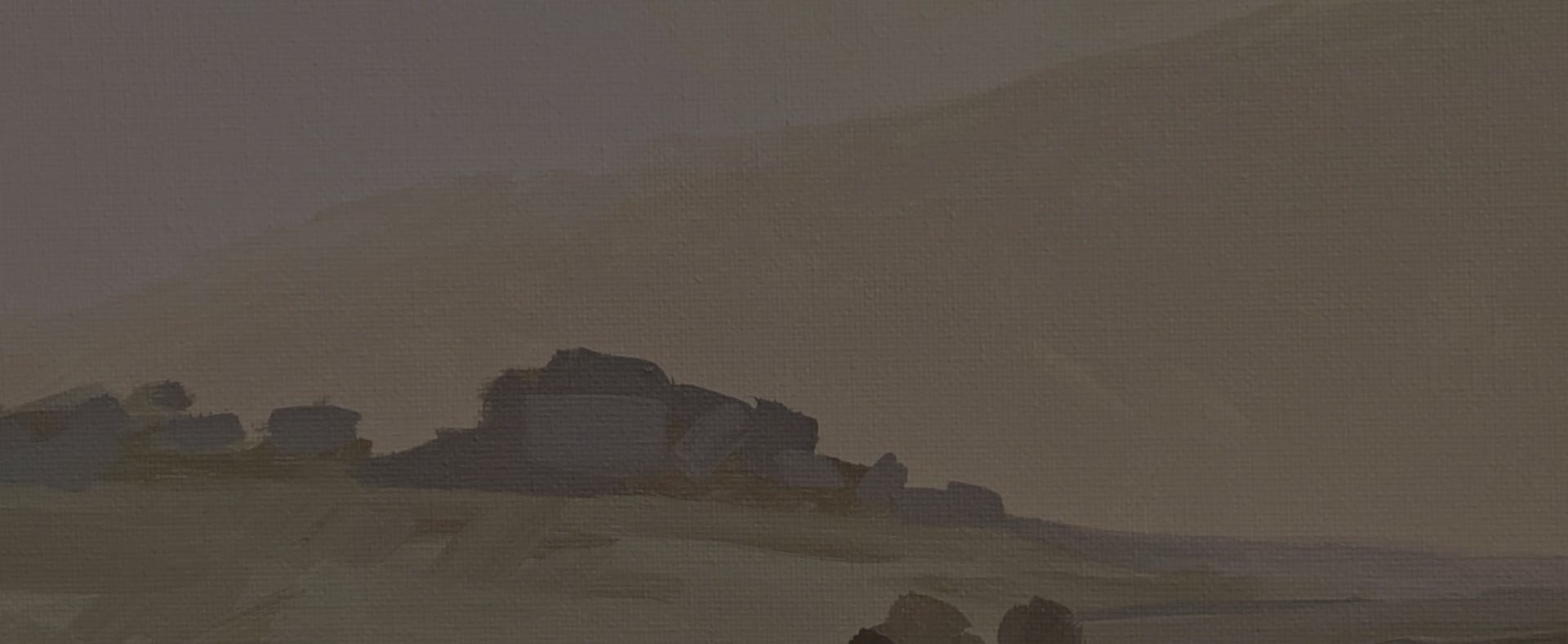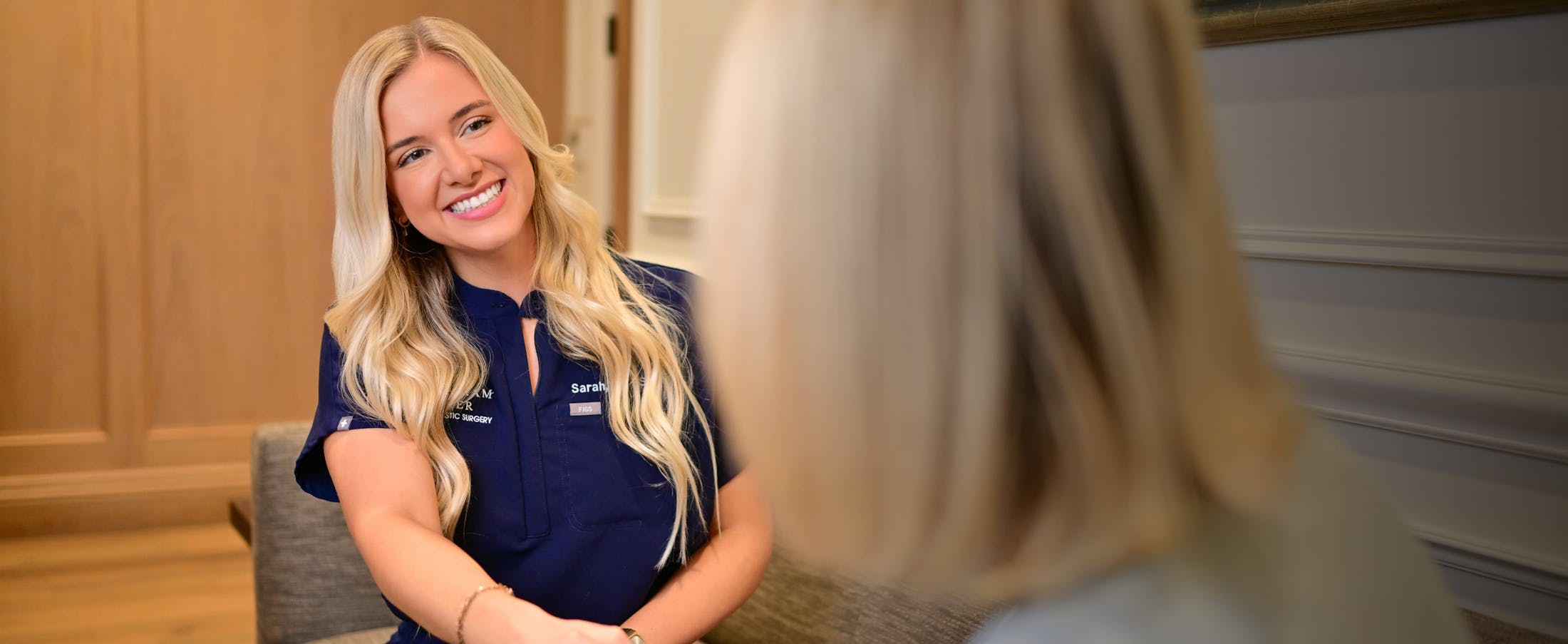
What Is Rhinophyma Treatment?
The tissue overgrowth in patients with rhinophyma can be dramatic and leave a patient disfigured with long-lasting nodules. In the past, treatment options were limited to dermabrasion or simple knife excision with skin grafting techniques. Cosmetic results have significantly improved with the advent of the CO2 laser, which is the acronym for Carbon Dioxide Light Amplification by Stimulated Emission of Radiation. The procedure is performed on an outpatient basis and requires about one hour to complete. The surgeons at Austin’s Buckingham Center for Facial Plastic Surgery employ combined resurfacing techniques to achieve optimal results for our patients.



